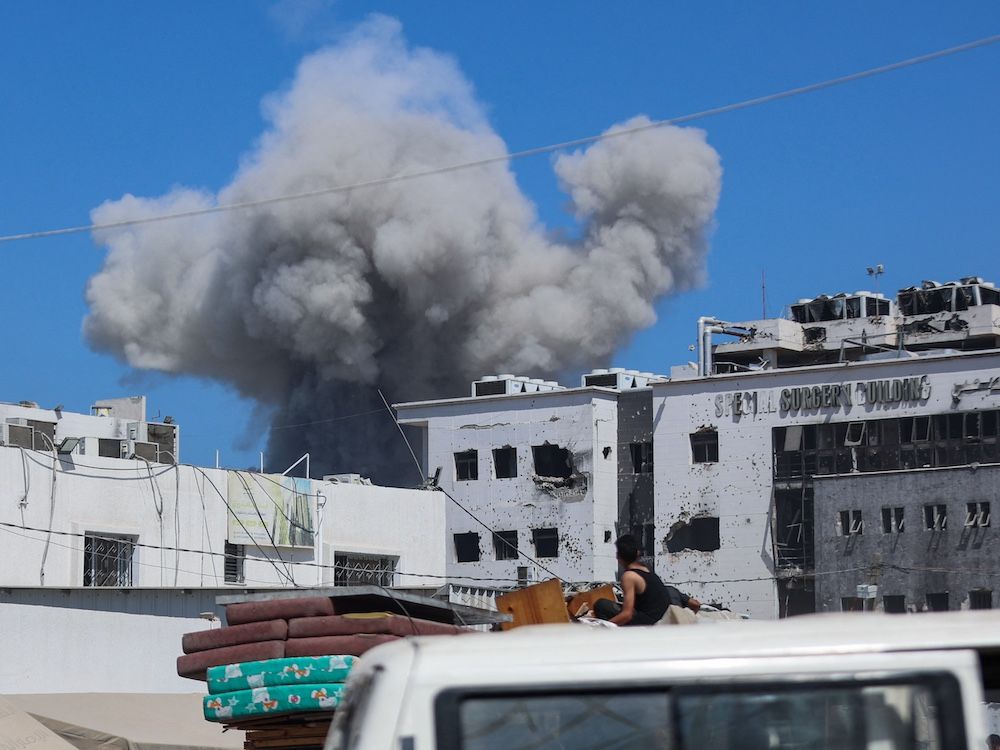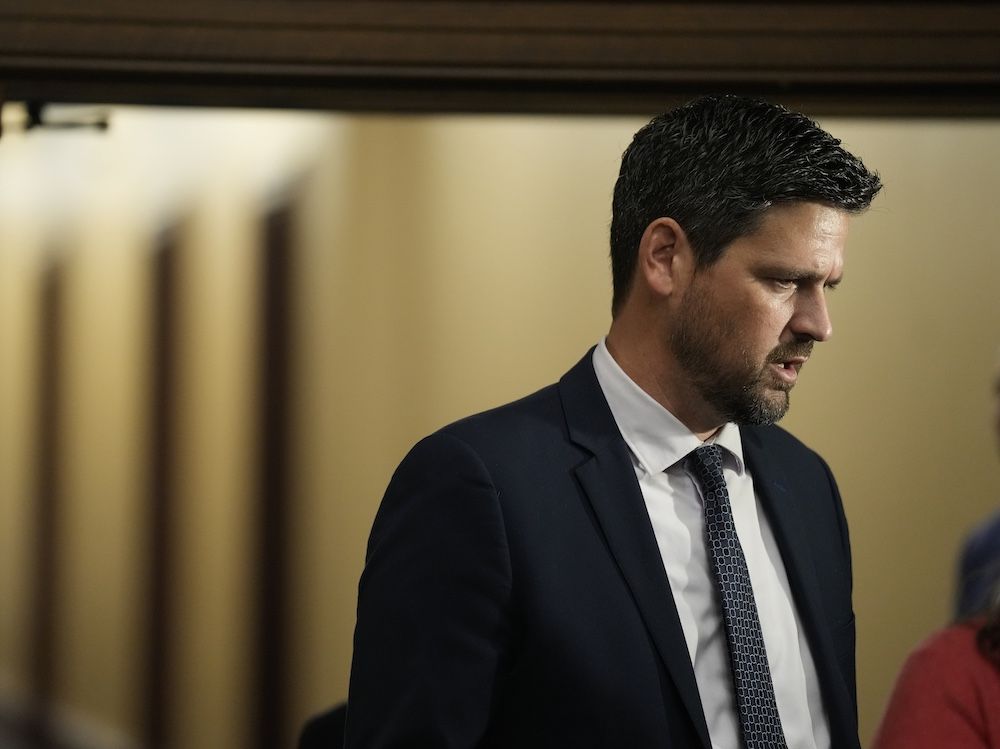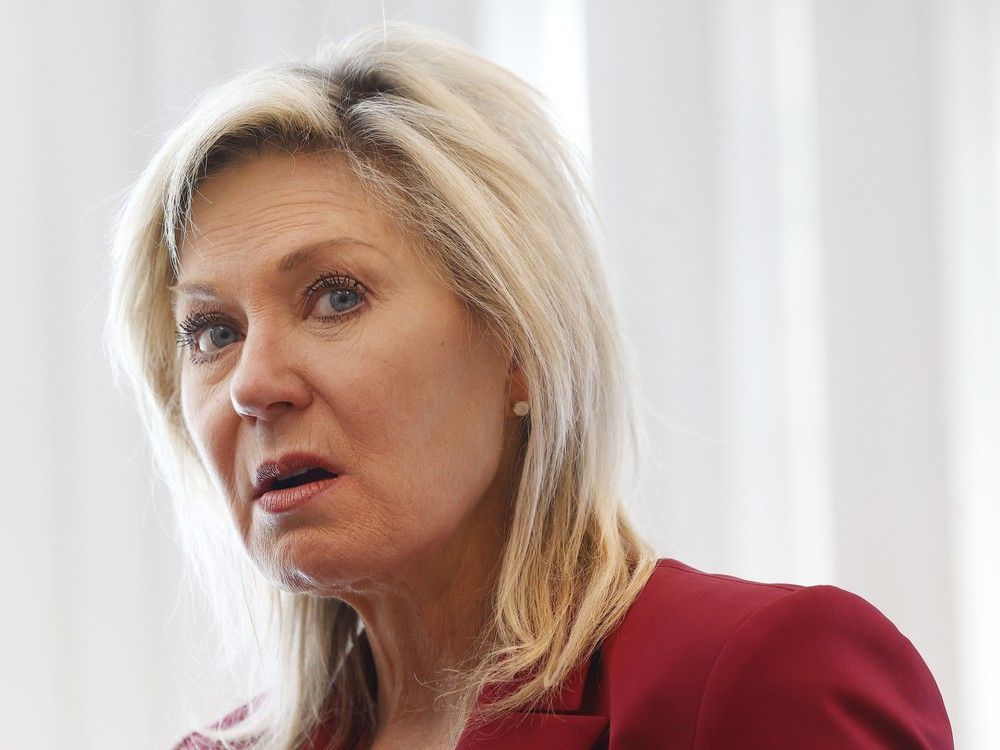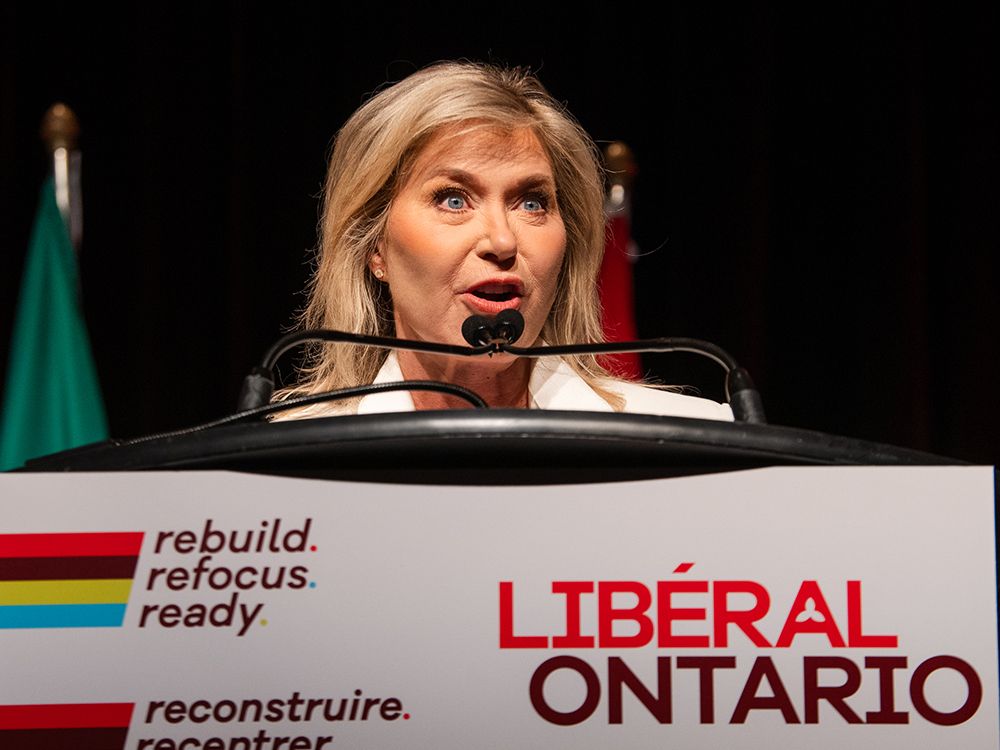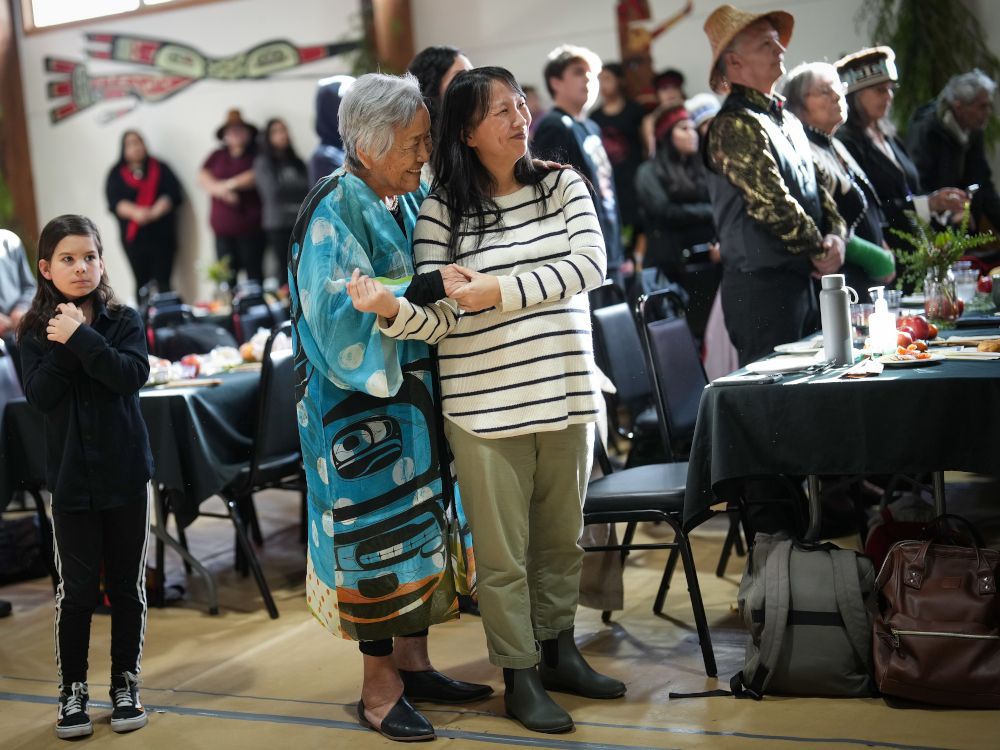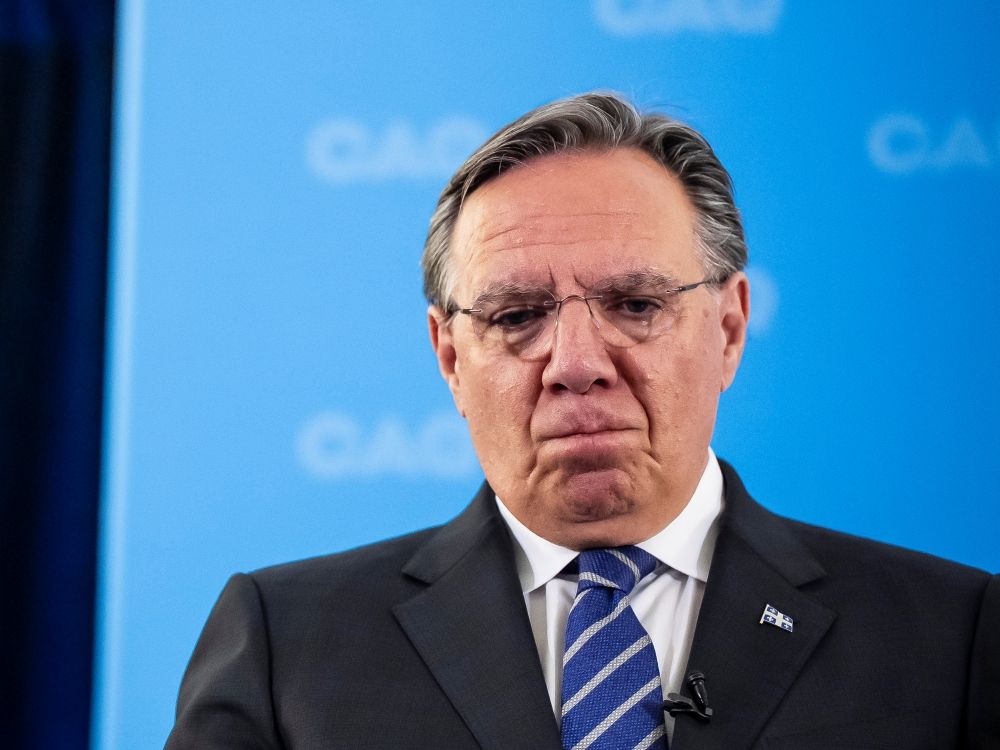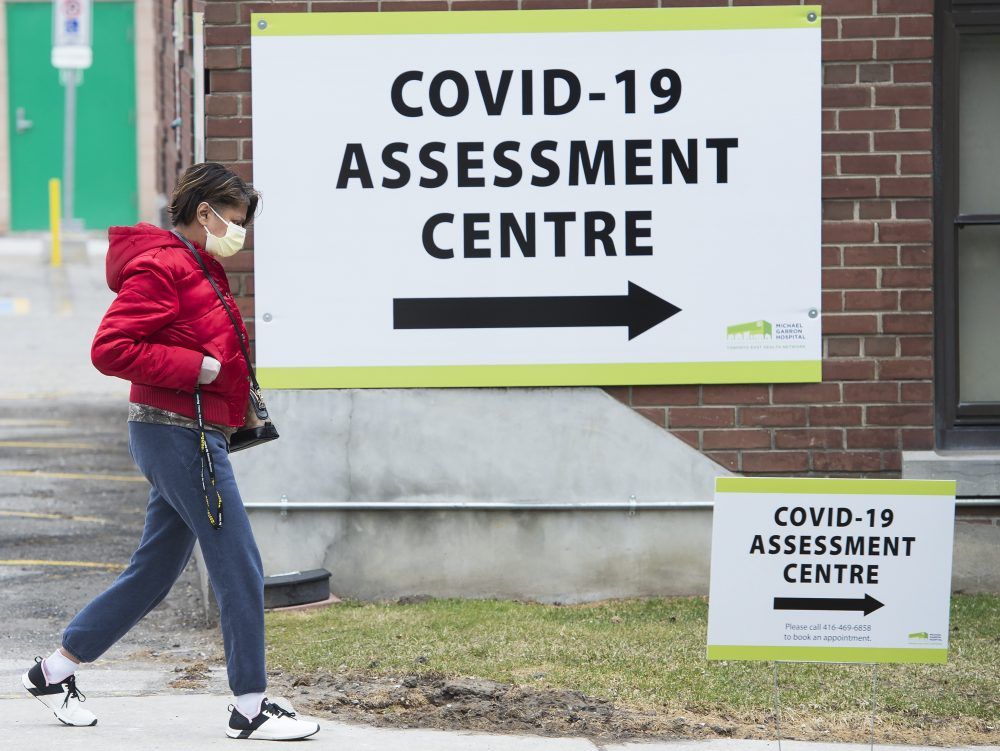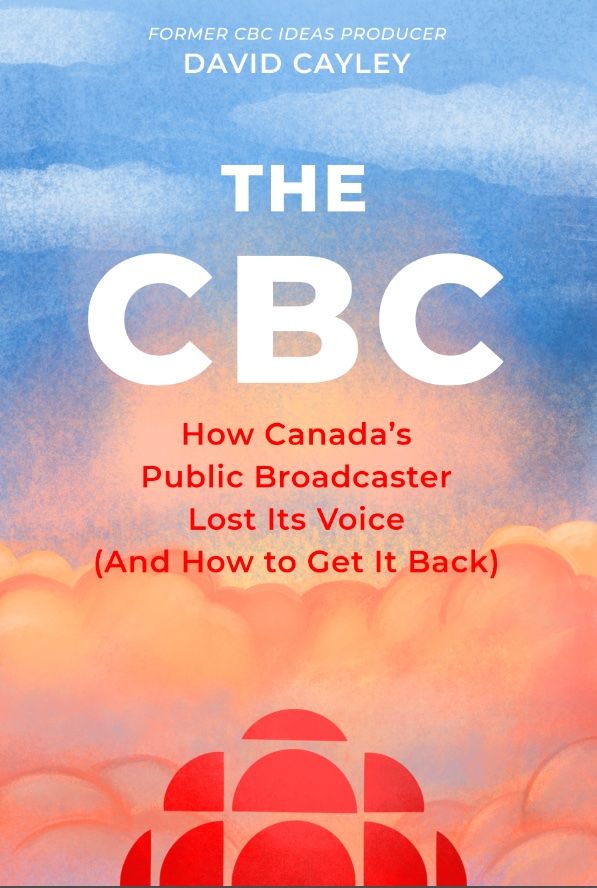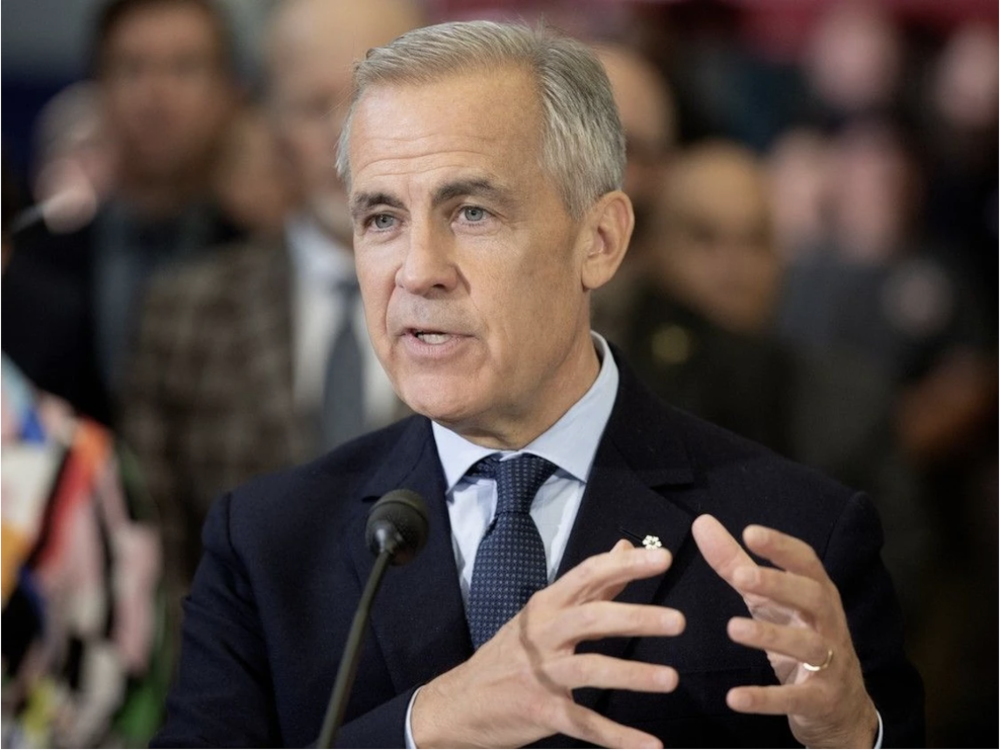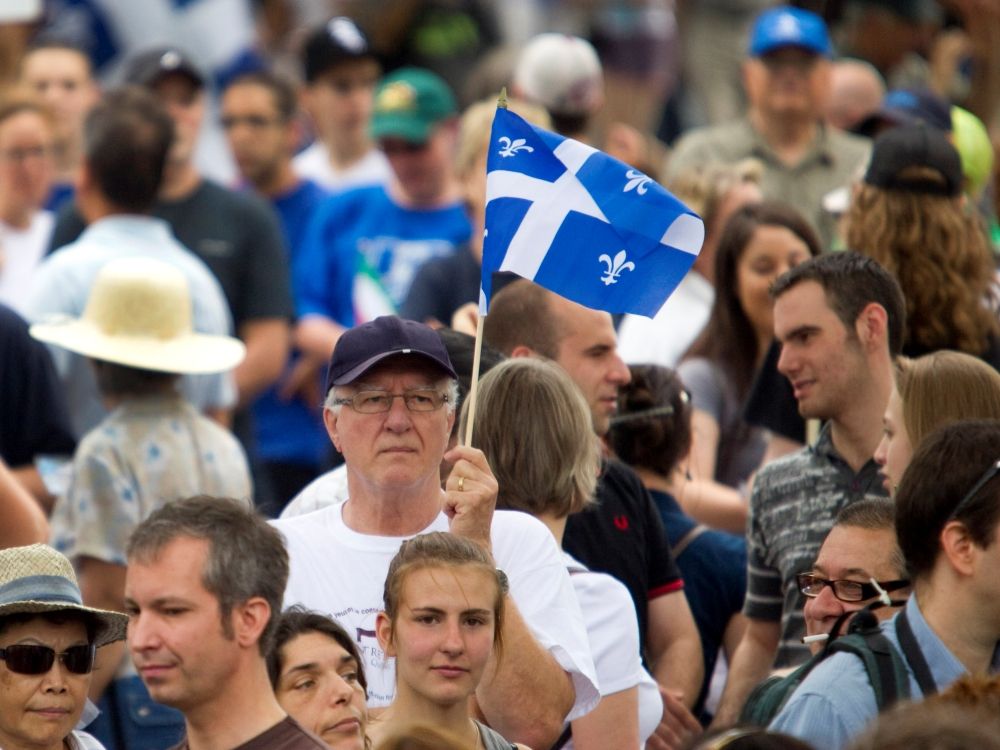
When the media reported on Wednesday that the Carney government will argue at the Supreme Court of Canada that repeated uses of the notwithstanding clause may be unconstitutional, I thought there must have been some mistake.
Then I got the federal government’s factum — its written legal argument — filed in the challenge to Quebec’s secularism law, known as
English Montreal School Board v. Quebec
. (My organization, the Canadian Constitution Foundation, is also intervening.) It’s true. They really are picking this fight: “Repeated declarations under s. 33 (the notwithstanding clause) could amount, at a certain point, to abolishing the very right or freedom in question,” they argue.
But the federal government is going far further than that, and arguing that
repeatedly
renewing Section 33 invocations is unconstitutional. This position is shocking and out of left field. The government is arguably asking the court to make a constitutional amendment that would limit the use of the notwithstanding clause in a way that Quebec has done for decades, and which is contrary to a plain reading of the provision. If the court takes Prime Minister Mark Carney up on this, it would unsettle Canada’s current constitutional settlement and put national unity at risk.
To understand why such a ruling could be so destructive, consider how we got Section 33. In 1981, Prime Minister Pierre Trudeau wanted an entrenched bill of rights that would give courts clear powers to strike down laws that don’t respect human rights. Several premiers were on board, but Saskatchewan NDP Premier Allan Blakeney, Alberta Progressive Conservative (PC) Premier Peter Lougheed and Manitoba PC Premier Sterling Lyon weren’t prepared to hand judges the final word.
They foresaw situations where the democratically elected legislature may need to either temporarily override rights or override judicial
understandings
of the content of rights in cases where courts get it wrong. Late in the evening on Nov. 4, 1981, Minister of Justice Jean Chrétien sat down with the premiers and hammered out a final compromise: a Charter of Rights and Freedoms that includes a Section 33 escape clause. No one invited Quebec Premier René Lévesque presumably because they knew he’d be opposed the Charter, even with the clause. Quebecers felt betrayed that a deal was worked out without them, but it became the supreme law of the land on April 17, 1982.
Yet Quebec found a way to live with the Charter: by using — and
repeatedly renewing
— the notwithstanding clause to shield its free-expression-infringing language laws, which restricted attendance at English schools, forced large businesses to operate in French and mandated the use of French on retail signage. This settlement allows Quebec to go its own way on issues that matter deeply to a majority of Quebeckers. This may partly explain the gradual decline in support for independence, with
last month that 64 per cent of Quebecers polled would vote to stay in Canada, while only 36 per cent would vote to leave.
Would more people choose “leave” if the federal government got the court to agree that Quebec can’t use Section 33 indefinitely? Would Quebec simply start ignoring the Constitution altogether? And what about Alberta, where a rising separatist movement may be able to sell this to constituents as yet another federal power grab?
The risk is immense. Exactly why Carney is taking this risk of inflaming tensions is a mystery. One possibility is that he sees this as a genuinely principled position. Another theory — and I’m speculating — is that he was sold a bill of goods by Liberal law professors who never got over the fact that the Charter includes Section 33, and will take any opportunity to try to limit its use. Whatever the truth, this is playing with fire. Canadian unity may be at stake.
National Post
Josh Dehaas is Counsel with the Canadian Constitution Foundation, which is intervening in this case to argue that Charter damages ought not be available if courts can make declarations that Charter rights have been violated after Section 33 is invoked.






